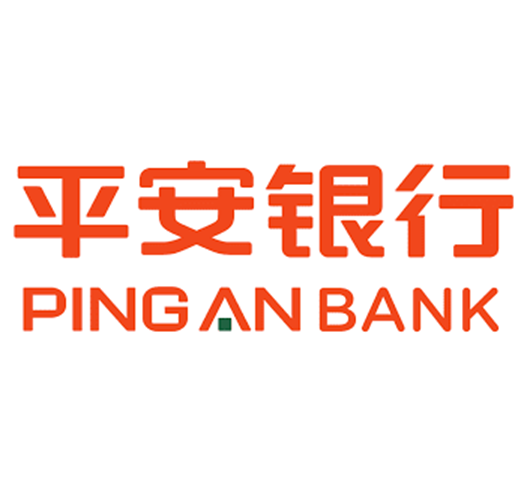The Chinese bank’s newly-opened Ping An Wealth Management rolled out more net-value-based products including structured wealth products that meet requirements of new asset management regulations.
Ping An Bank, the subsidiary of Ping An Insurance Company of China, has posted a net profit of CNY8.7 billion (US$1.35 billion) for the quarter ended on 30 September, up 6.1% year-on-year (YoY).
Net interest income and net fee and commission income saw an increase of 9.8% and 32.6% to CNY24.8 billion and CNY12.5 billion during the period from July to September, respectively YoY. Meanwhile, investment income plunged to CNY278m from CNY2.8 billion YoY.
During the period from January to September, net profit amounted to CNY22.4 billion, down 5.2% YoY, as a result of increased provision coverage ratio.
On-balance sheet, derivatives assets rose by 66.6% to CNY30.8 billion while derivative liabilities grew by 64.9% to CNY35.3 billion as of 30 September due to ‘changes in the scale and fair value of interest rate derivative transactions’.
New asset management
Opened for business on 28 August, Ping An Wealth Management is ‘steadily promoting the pressure reduction of stock principal-guaranteed wealth management products (WMPs) and old products’ while introducing more net-value based products that meet requirements of new asset regulations released in 2018.
As of the end of September 2020, the balance of non-principal-guaranteed WMPs including structured wealth products was CNY631.4 billion, up 6.9% YoY. Net-value-based products in compliance with requirements in new asset management regulations reached CNY377.9 billion, up 46.9% from the end of 2019 and its proportion to non-principal-guaranteed WMPs increased from 43.6% to 59.9%.
The balance of principal-guaranteed WMPs, which are in fact structured deposits, decreased by 67.6% to CNY21.8 billion from the end of 2019.
As at the end of June, the balance of structured deposits was down by 39.3% to CNY40.8 billion compared with the end of 2019 while non-principal guaranteed WMPs increased by 12.7% to CNY665.3 billion, SRP reported.
The Shenzhen-headquartered bank has been scaling back the balance of structured deposits along with other small-medium Chinese banks throughout the year, who are required to reach two-thirds of the level at the end of 2019.
Ping An Bank has issued 154 structured deposits from January to September, translating to a market share of 5.2%, SRP data shows. However, it earned the crown as the largest issuer (1,863 products) in China in 2019 and ranked the second in 2018 with 5,723 products after China Minsheng Bank.
By underlying, the USD 3M Libor, which was tied to 2,816 products last year, has only been used in 12 products so far in 2020. Instead, the CSI 300 Index, which had been used in 25 products last year, were linked to 76 products as the most popular choice followed by gold, USD/JPY and CSI Smallcap 500.
Digital transformation
The technology team at Ping An Bank saw a 30% increase of business development demands during the first nine months compared with the same period last year including its smart product middle platform for corporate clients, and ‘Pandora’ - a data index platform.
For WMPs, the bank continued to ‘deepen the application of fintech to wealth management to optimise product management and risk control processes and stepped up the effort to build up a big data platform’.
The Chinese bank achieved a net transaction income of CNY4.3 billion, up 39.1% YoY. Meanwhile, it promoted the in-depth application of fintech in investment trading and empowered itself to ‘carry out highly frequent and large-size fixed income, foreign currencies and bulk commodities (FICC) market-making transaction business’.
The bank’s operation and maintenance automation rate and automated testing coverage reached 93.3% and 61.8% respectively.
Click to read Ping An Bank’s Q3 2020 report.
